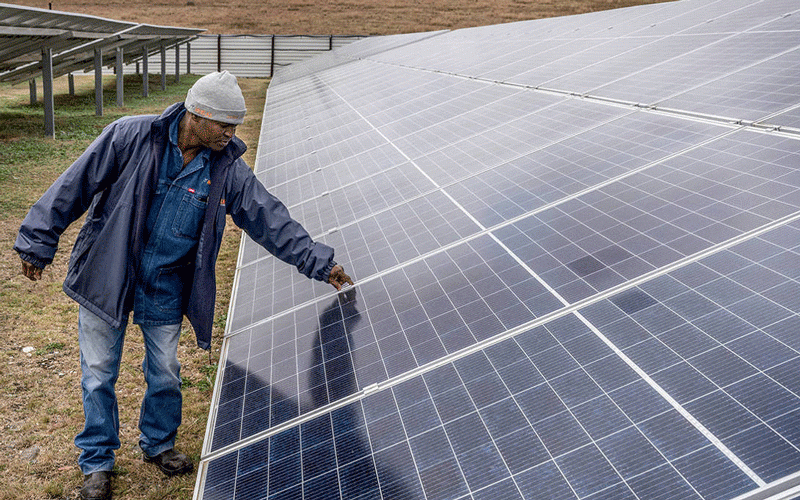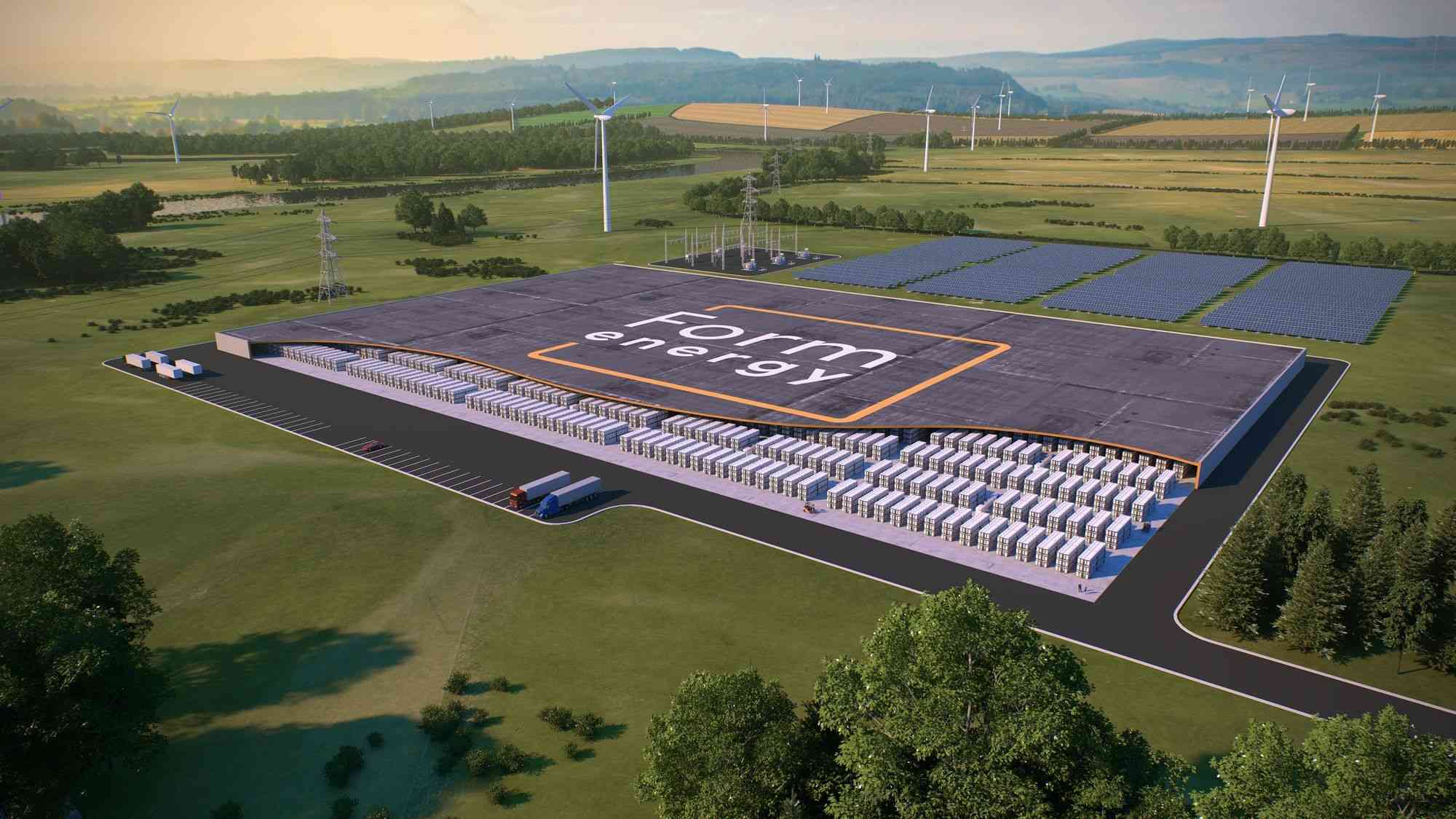
The permitting process ensures that solar energy systems are installed according to industry standards, building codes, and safety guidelines. Authorities having jurisdiction review system designs, equipment specifications, and installation plans to verify that the system meets the required safety standards.
An efficient permitting process helps maintain project timelines and promotes a positive customer experience.
- Incomplete or incorrect solar permit paperwork
Not providing all the required documentation or submitting inaccurate solar permitting information can lead to delays in obtaining solar permits. Therefore, submitting a complete solar permit application with all the required information is paramount.
Randy Chabot, Customer Support Leader for GreenLancer, recommends reviewing your solar components and double-checking the model numbers.
“I see hundreds of solar permits a week that fail because the part numbers do not correlate to what the inspector sees installed in his solar site inspection,” Chabot said. “This can lead to expensive revisions and wait times for the customer.”
For example, when preparing solar permits, it’s critical that the voltage and amperage output calculations of photovoltaic (PV) modules don’t exceed the specifications for solar inverters and rapid shutdown devices (RSD) as specified in 690.7(A)(1) Low Temperature Voltage Corrections.
PV Voc = Open Circuit V + [(Temp C – 25 C) x Module Coefficient] x # of Modules
“Navigating these calculations can be difficult but are crucial in the solar permit plan review process for contractors,” explains Chabot. “I find that this is the most common electrical error.”
- Ranger, cop nabbed for illegal possession of ivory
- New world order may free Africa from Western shackles
- Deutsch Connect partners local college
- Cheetahs star Chitokwindo targets boardroom role after retirement
Keep Reading
Strategies for submitting solar permit applications
Establish a thorough process for managing all the required information. Begin by creating a checklist of all required documents. If you are unsure of the requirements, contact the AHJ because this information can vary by jurisdiction. Next, diligently review the required documents for completeness and accuracy. Double-check that all information matches the project specifications and that all necessary signatures and engineering stamps are obtained if required.
“Different jurisdictions have different regional requirements and are on different code cycles, says Chabot. “It is important to check your jurisdiction’s unique solar permitting requirements.”
Online solar permitting resources:
Up Codes: A great code-compliance resource that shows changes from different code cycles interactively so you can compare and be aware of any changes
ICC (International Code Council): This website provides valuable resources and guidelines to assist with solar permitting, ensuring compliance with building codes and facilitating a streamlined approval process.
SolarAPP+: In jurisdictions where SolarAPP+ is approved, you can check the environment variables, permit setback requirements, and code cycles by reaching out to team@solar-app.org
- Not meeting electrical code requirements for solar permits
The National Electric Code (NEC) is the widely recognised standard for electrical installations in the United States. To obtain a solar permit, it is essential to comply with the relevant sections of the NEC and any additional electrical code requirements established by local jurisdictions.
It provides guidelines and requirements for electrical work, including those related to solar installations. Here are some key sections of the NEC that specifically apply to solar installations:
Article 690: This section of the NEC focuses exclusively on solar photovoltaic (PV) systems. It covers topics such as system grounding, wiring methods, disconnecting means, circuit sizing, and overcurrent protection.
Article 690.12: This pertains to rapid shutdown requirements. It specifies that PV systems must have a mechanism to rapidly shut down the direct current (DC) portion of the system within a specified time frame, typically within 30 seconds, to enhance firefighter safety during emergencies.
Article 705: This section primarily addresses interconnected electric power production sources, such as large-scale solar installations feeding power to the grid.
705.11 Line Side (Supply Side Connections)
705.12 Load Side Connections
100% Rule
120% Rule 705.12(B)(2)
Sum Of Breakers 705.12(B)(3)
“I find people understand the Sum Of Breakers 705.12(B)(3) method the least,” explains Chabot. “It is usually reserved for instances when a main service panel upgrade is either too difficult or costly for the customer. So, a relocated loads sub-panel is installed to move the loads from the main service panel.”
Tips for ensuring solar plan sets comply with the NEC
Before submitting solar plan sets and permit applications, ensure they comply with the NEC and these articles in particular. Here are some strategies:
Familiarise yourself with the latest NEC requirements: Staying up-to-date with the latest NEC requirements ensures that your solar plan sets are compliant with the latest safety codes and standards.
Follow NEC guidelines: The NEC provides specific guidelines for solar power systems, including grounding, conduit sizing, and labeling requirements. Make sure that your solar plans follow these guidelines for compliance.
Work with experienced professionals: Partnering with experienced and licensed solar contractors, designers, and engineers ensures that your solar plan sets comply with the NEC and that installation is performed safely, following local and state regulations. If you don’t have in-house expertise, consider partnering with a solar permit design service.










